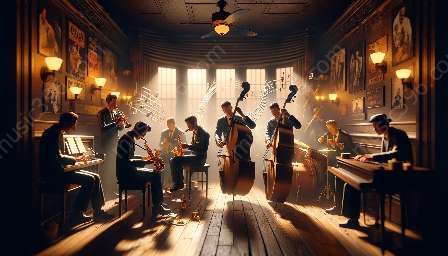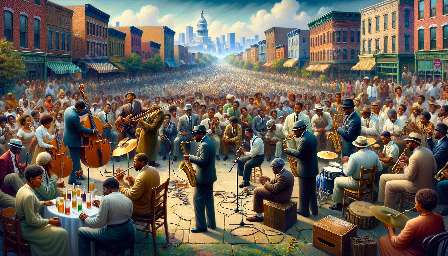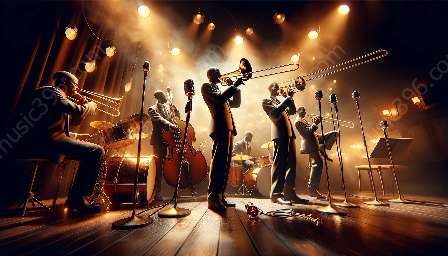Jazz and blues are two of the most influential and enduring genres in music history, each offering a rich tapestry of styles, subgenres, and notable pieces.
Jazz Styles and Subgenres
Jazz music, with its roots in African-American culture, has evolved into a diverse and eclectic genre with various styles and subgenres that have shaped its development over the years.
Traditional Jazz: Also known as Dixieland, this style originated in New Orleans and features lively, improvisational ensemble playing.
Bebop: Characterized by fast tempos, complex chord progressions, and intricate melodic lines, bebop emerged in the 1940s as a rebellious response to the constraints of swing music.
Cool Jazz: Defined by a more relaxed and understated approach, cool jazz emphasizes subtlety and a sophisticated aesthetic.
Modal Jazz: Popularized by artists like Miles Davis, modal jazz is based on modes or scales rather than chord progressions, allowing for greater harmonic freedom.
Fusion: Blending elements of jazz with rock, funk, and other genres, fusion emerged in the late 1960s and continues to push the boundaries of traditional jazz.
Free Jazz: Characterized by unconventional structures and improvisation, free jazz rejects formal constraints and embraces avant-garde experimentation.
Blues Styles and Subgenres
The blues, born out of African-American experiences, has a raw and emotive quality that has transcended time and continues to captivate audiences around the world. It encompasses various styles and subgenres, each with its own distinct characteristics.
Delta Blues: Originating in the Mississippi Delta, this acoustic style is characterized by powerful vocals, slide guitar, and intense emotion.
Chicago Blues: Electrified and urban in nature, Chicago blues is known for its use of amplified instruments and a more aggressive sound.
Texas Blues: Featuring a raw and gritty sound, Texas blues often incorporates elements of country music and a driving rhythm.
Jump Blues: Combining swing, jazz, and blues, jump blues is upbeat and danceable, with a focus on boogie-woogie piano and horn-driven melodies.
British Blues: Influenced by American blues, British blues emerged in the 1960s and played a pivotal role in the development of rock music, with bands like The Rolling Stones and Led Zeppelin paying homage to the genre.
Modern Blues: Continuously evolving, modern blues incorporates contemporary elements while staying true to the foundational characteristics of the genre, maintaining its emotional depth and storytelling tradition.
Music Analysis of Famous Jazz and Blues Pieces
Delving into the music analysis of famous jazz and blues pieces provides valuable insights into the intricate compositions, emotive performances, and historical significance of these iconic works.
Jazz Pieces






























